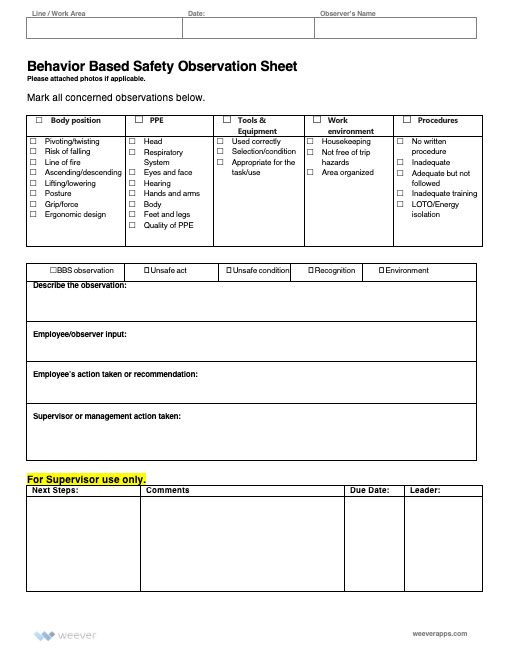The 7 Principles of Behavior-Based Safety Observations
Create safer work environments, reduce accidents, and cultivate a culture where safety is prioritized by all.

Dr. E. Scott Geller is a distinguished psychologist renowned for his pioneering work in the field of applied behavior analysis, particularly in the realm of safety behavior. As a professor at Virginia Tech and the founder of the Safety Performance Solutions consulting firm, Geller has dedicated his career to studying human behavior and its impact on workplace safety. His research and insights have informed the development of Behavior-Based Safety (BBS) programs worldwide, with a focus on fostering proactive safety cultures and preventing accidents through behavioral interventions.
Geller's 7 principles serve as a foundational framework for implementing effective Behavior-Based Safety Observation programs. These principles emphasize the importance of understanding human behavior, both at the individual and organizational levels, and leveraging behavioral insights to improve safety outcomes. By adhering to these principles, organizations can create safer work environments, reduce accidents, and cultivate a culture where safety is prioritized by all.
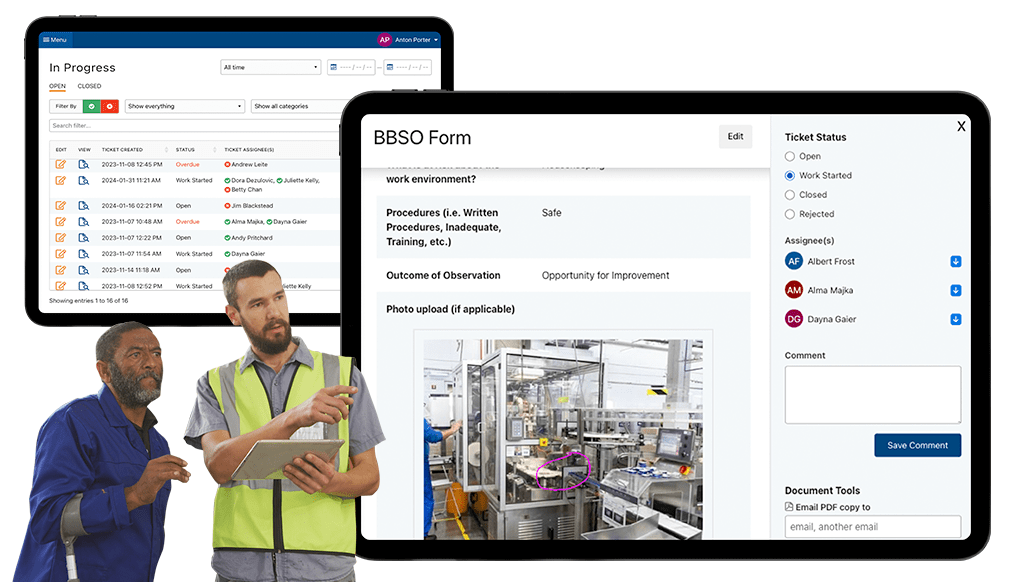
The 7 Principles of Behavior-Based Safety Observations
Principle 1: Observable Behavior
- Safety interventions should focus on observable behaviors rather than subjective interpretations or assumptions. Observable behaviors are tangible actions that can be seen, measured, and analyzed.
- For example, an observable behavior could be wearing appropriate personal protective equipment (PPE) while operating machinery. By observing whether employees consistently adhere to PPE guidelines, supervisors can assess compliance and identify opportunities for reinforcement or corrective action.
Principle 2: External Focus
- To understand and improve behaviors, it's essential to consider external factors that influence individual actions. External factors may include environmental conditions, task demands, organizational policies, and social influences.
- For example, external factors such as inadequate lighting or poorly maintained equipment may contribute to unsafe behaviors. By addressing these external factors through improved workplace design, equipment maintenance, or training, organizations can mitigate risks and promote safer work practices.
Principle 3: Antecedents and Consequences
- As discussed above, behavior is influenced by antecedents (events that precede behavior) and consequences (events that follow behavior). Antecedents set the occasion for behavior, while consequences determine its likelihood of recurrence.
- For example, providing clear instructions and training (antecedents) on proper lifting techniques can reduce the risk of back injuries. Additionally, reinforcing safe lifting practices with positive feedback or rewards (consequences) encourages employees to continue following correct procedures.
Principle 4: Positive Reinforcement
- Positive reinforcement involves providing favorable consequences for desired behaviors, increasing the likelihood of their recurrence. Positive reinforcement can take various forms, including praise, recognition, rewards, or privileges.
- For example, supervisors may implement a reward system to recognize employees who consistently demonstrate safe behaviors, such as wearing proper PPE and following safety protocols. By publicly acknowledging and rewarding safe practices, organizations reinforce a culture of safety and motivate employees to prioritize safety in their daily tasks.
Principle 5: Measurement and Objectivity
- Effective BBSO programs rely on objective measurement and analysis of behavior-related data to track progress, identify trends, and evaluate program effectiveness. Objective measurement ensures accuracy, consistency, and accountability in assessing safety performance.
- For example, safety observations may be conducted using standardized checklists or electronic monitoring systems to record behaviors such as equipment usage, adherence to safety procedures, and near misses. By quantifying these observations and analyzing trends over time, organizations can identify areas for improvement and measure the impact of safety interventions.
Principle 6: Hypothesis Testing
- BBSO programs should encourage curiosity and creativity by generating hypotheses about the causes of unsafe behaviors and testing them through systematic observation and analysis. Hypothesis testing involves formulating educated guesses about behavior patterns and validating them through empirical evidence.
- For example, supervisors may hypothesize that excessive production targets contribute to rushed work practices and increased risk of accidents. To test this hypothesis, they could conduct observations and gather data on production rates, safety incidents, and employee perceptions. Based on the findings, adjustments can be made to production schedules or workload distribution to reduce safety risks.
Principle 7: Consideration of Feelings and Attitudes
- Effective safety interventions acknowledge the influence of emotions, attitudes, and perceptions on behavior. Feelings of motivation, satisfaction, fear, or complacency can impact individuals' willingness to engage in safe practices.
- For example, addressing employees' feelings and attitudes toward safety may involve conducting surveys or focus groups to assess their perceptions of safety culture, leadership support, and communication effectiveness. By actively involving employees in safety initiatives and addressing their concerns, organizations can foster a positive safety climate and enhance employee engagement and commitment to safety.
___
Geller's 7 principles provide a comprehensive framework for understanding and improving safety behaviors in the workplace. By applying these principles, organizations can create safer environments, prevent accidents, and cultivate a culture where safety is everyone's responsibility.
Behavior-Based Safety in Action
Dive in and start making your workplace safer, one behavior at a time. To get you going you can use this handy and free MS Word (.docx) template here.
FREE download
FREE download
Your Ultimate Guide to Behavior-Based Safety Observations (BBSO)
Your Ultimate Guide to Behavior-Based Safety Observations (BBSO)
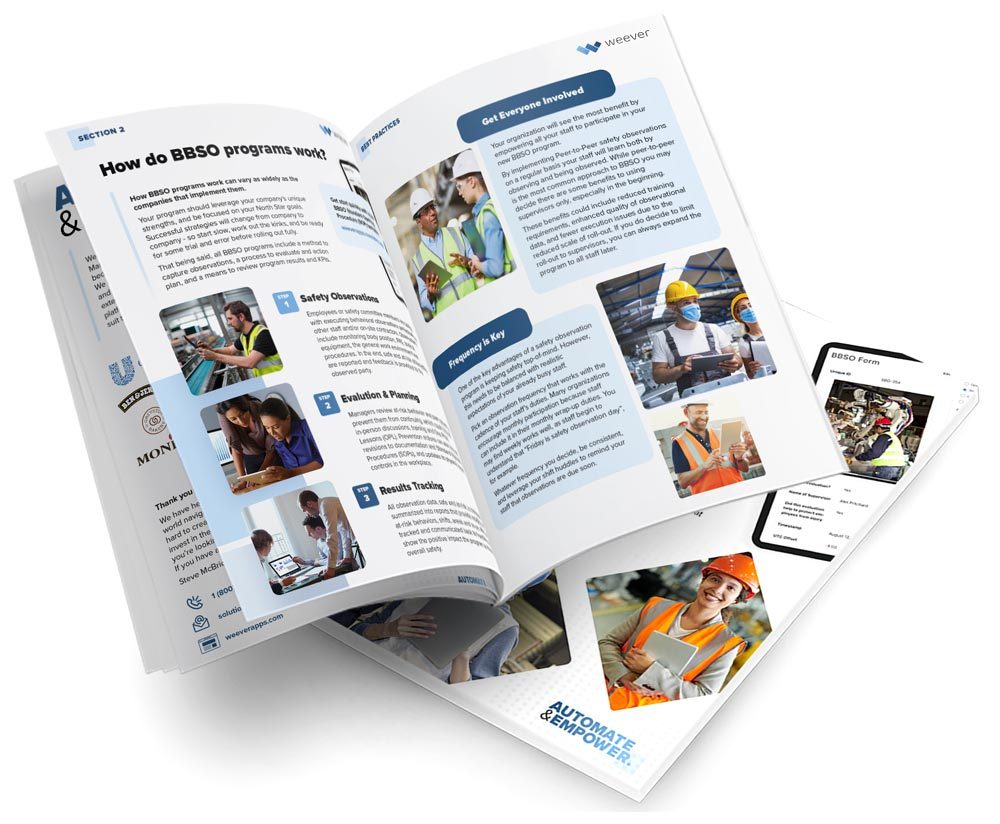
Learn about best practices and key pitfalls from our experience implementing programs for large and small organizations over the past 10 years.







Marks

Diageo

Niagara Bottling

Walmart

PepsiCo logo

McDonald's

Unilever

Monin

Hello Fresh
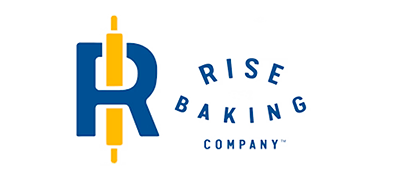
Rise Baking

Rockwool

Canadian Tire

SportChek

Greyston Bakery

Bell
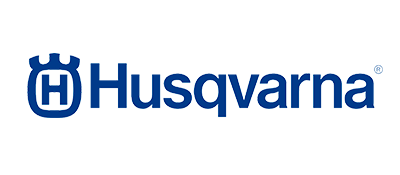
Husqvarna

Home Hardware
